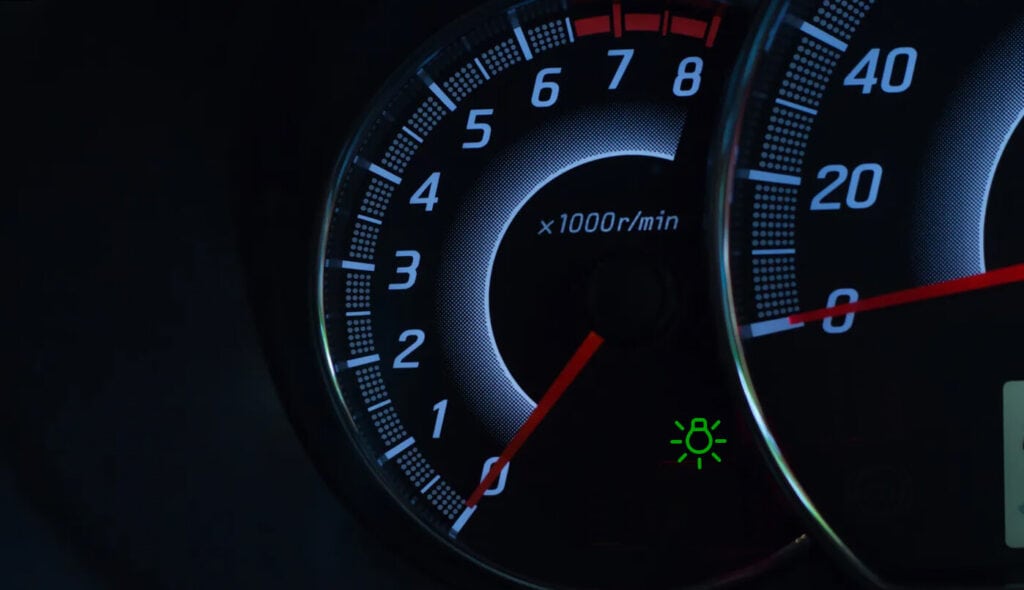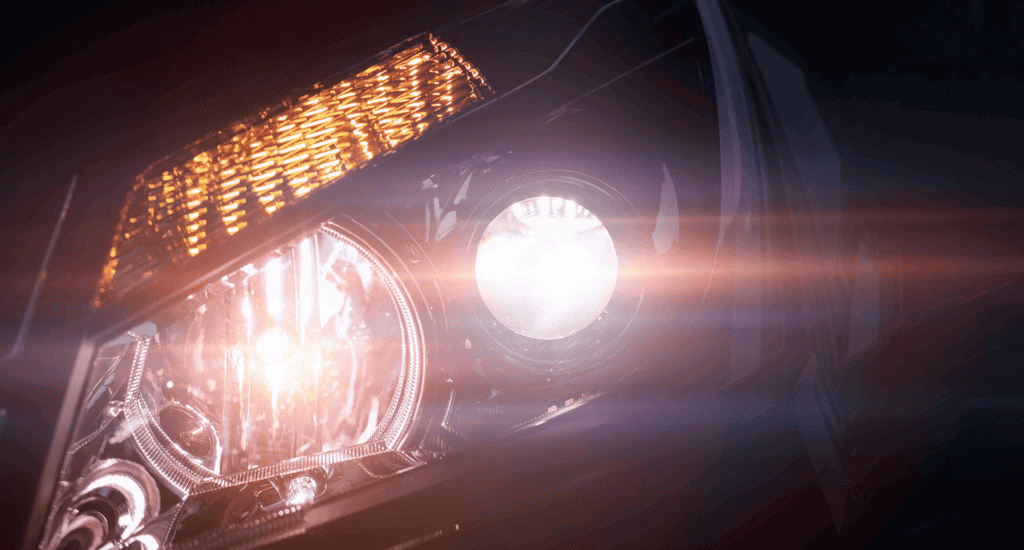Illuminating the World of Side Lights
When it comes to vehicle safety and visibility, every component plays a crucial role. Side lights, often an overlooked feature, are no exception. In this guide, we’ll shed light on side lights, their purpose, types, legal requirements, and maintenance. Whether you’re a seasoned driver or a novice, understanding side lights can enhance your road safety awareness.
Unveiling the Basics: Understanding What Side Lights Are
Side lights, often referred to as sidelights or side marker lights, are a fundamental component of your vehicle’s lighting system. Positioned on the sides of your car, typically near the front and rear, these small lights play a crucial role in enhancing road safety. Unlike headlights and taillights, side lights are not designed to illuminate the road ahead or signal braking but rather serve distinct functions.
The primary purpose of side lights is to increase the visibility of your vehicle to other drivers, especially in specific situations. For instance, when you’re driving in low-light conditions, such as dawn, dusk, or during inclement weather, side lights provide an additional source of illumination that makes your car more noticeable to others on the road. Additionally, side lights are especially useful when you’ve parked your vehicle by the roadside. They indicate your car’s presence and location to passing traffic, reducing the risk of accidental collisions.
In terms of appearance and brightness, side lights are distinct from headlights and taillights. They are intentionally designed to emit a softer and less intense light. This distinction ensures that side lights are not mistaken for headlights or taillights, which have specific purposes of illuminating the road and signaling braking. Overall, side lights are a valuable component of your vehicle’s lighting system, contributing to both your safety and the safety of other road users.

The Many Faces of Side Lights: Types and Terminology
Side Marker Lights: These are the primary side lights found on the sides of your vehicle, near the front and rear. They are designed to increase the visibility of your car to other drivers, especially when you’re driving in low-light conditions. Side marker lights are typically amber or white and are less bright than headlights or taillights.
Parking Lights: Parking lights can refer to both front and rear lights that are illuminated when you engage your parking brake. They serve the purpose of indicating that your vehicle is parked or stationary. These lights are often used when you’re parked by the roadside, allowing other drivers to see your vehicle clearly.
Distinguishing Terminology: Understanding the terminology related to side lights is essential. For example, you may hear the term “sidelights,” which is a synonym for side marker lights. Additionally, some people refer to parking lights as “position lights” or “running lights.” While these terms may vary, they generally refer to the same types of lights on your vehicle’s sides.
Legal Requirements and Safety Standards for Side Lights
• Color Requirements: In various countries, including Canada, side lights are subject to specific color regulations. Typically, they are required to emit an amber or white light. This distinction ensures that side lights serve their intended purpose without causing confusion with other vehicle lights.
• Visibility Criteria: Legal standards often dictate the minimum visibility range for side lights. They should be visible from a specified distance, ensuring that your vehicle remains noticeable to others, particularly in low-light conditions or when parked by the roadside.
• Compliance with Local Laws: It’s crucial to check the specific regulations regarding side lights in your local jurisdiction. While there are common guidelines, some variations exist, and staying informed about your area’s requirements is essential to ensure compliance.
• Complementary Role: Side lights are not designed as a replacement for headlights or taillights. They serve as supplementary lighting to fulfill specific functions, such as indicating your vehicle’s presence to other road users without causing glare or confusion.
Troubleshooting Common Side Light Issues
• Bulb Failures: If one or both of your side lights cease to function, the first step in troubleshooting is inspecting the bulbs. Over time, bulbs can burn out, necessitating replacement. Refer to your vehicle’s manual for instructions on accessing and replacing side light bulbs.
• Electrical Problems: Beyond bulb failures, side light issues can stem from electrical problems. Inspect the fuses and wiring associated with the side lights to ensure there are no loose connections or blown fuses. In some cases, addressing these electrical issues can resolve the problem.
• Physical Damage: Physical damage to the side light fixtures can also result in malfunctions. Examine the fixtures for any visible damage, such as cracks or moisture intrusion. Physical damage may require replacement of the affected components.
• Professional Assistance: If you encounter electrical issues that are beyond your expertise or if you suspect more complex problems, seeking professional assistance is advisable. Skilled mechanics possess the tools and knowledge to conduct comprehensive diagnostics and perform necessary repairs or replacements.
• Regular Inspection: To prevent common side light issues, consider incorporating regular visual inspections into your vehicle maintenance routine. This proactive approach can help you identify potential problems early, ensuring that your side lights remain in optimal working condition.
DIY or Professional Care: Handling Side Light Repairs and Replacement
When facing side light issues, such as bulb failures or other problems, vehicle owners often find themselves with two options: tackling the repairs themselves or seeking professional assistance. The choice between DIY and professional care largely depends on the nature and complexity of the problem.
For straightforward tasks like replacing a side light bulb, many individuals opt for a DIY approach. This is typically a simple and cost-effective solution, as replacement bulbs are readily available and relatively inexpensive. Replacing a side light bulb usually involves accessing the light fixture, removing the old bulb, and installing a new one. Vehicle owners can consult their vehicle’s manual for specific instructions on accessing the side light fixtures and replacing bulbs.
However, it’s essential to recognize that not all side light issues are as straightforward as a bulb replacement. In cases where the problem involves electrical issues, fixture damage, or more complex diagnostics, seeking professional help is advisable. Skilled mechanics possess the expertise and equipment to accurately diagnose the issue and perform the necessary repairs or replacements. They can ensure that your vehicle’s side lights are in optimal working condition, contributing to your safety on the road.
Ultimately, the choice between DIY and professional care should be based on your comfort level with vehicle repairs and the complexity of the issue. While simple tasks like bulb replacement can be handled independently, more intricate problems may require the skills of a professional mechanic to ensure proper resolution.
These paragraphs provide detailed insights into what side lights are and the options available for handling side light repairs and replacements, whether through DIY efforts or professional assistance. If you have any further questions or need additional information, please feel free to ask.

Innovations and Upgrades: Modernizing Your Vehicle’s Side Lights
LED Side Markers: One of the significant innovations in side lights is the use of LED (Light Emitting Diode) technology. LED side markers offer several advantages, including improved visibility, energy efficiency, and longevity. They emit a brighter and more focused light compared to traditional incandescent bulbs, enhancing safety on the road.
Energy Efficiency: LED side markers are known for their energy efficiency, which can help reduce the strain on your vehicle’s electrical system and improve fuel efficiency. They use less power and produce less heat compared to incandescent bulbs, making them an eco-friendly choice.
Durability: LED lights are highly durable and can withstand vibrations, shocks, and extreme temperatures better than traditional bulbs. This durability ensures that your side lights remain functional for an extended period, reducing the need for frequent replacements.
Aesthetics: LED side markers can also enhance the aesthetics of your vehicle. They come in various styles and colors, allowing you to customize the look of your car. Whether you prefer a classic amber glow or a more modern white light, LED side markers offer versatility in design.
Safety: The improved brightness and clarity of LED side markers contribute to overall road safety. They make your vehicle more visible to other drivers, especially in low-light conditions or during adverse weather, reducing the risk of accidents.
Compatibility: Many vehicles are now equipped with LED side markers as standard or offer them as optional upgrades. If your vehicle doesn’t have LED side markers, you may consider retrofitting them to benefit from the advantages of modern lighting technology.
Navigating Side Light Maintenance for Enhanced Road Safety
In conclusion, side lights are a vital component of your vehicle, contributing to safety and visibility on the road. Understanding their types, legal requirements, and troubleshooting tips can help you maintain functional side lights. Whether you choose to handle minor issues yourself or seek professional assistance, ensuring your side lights are in proper working order is essential for enhanced road safety. Remember, well-maintained side lights not only keep you safe but also contribute to the safety of others on the road.
For professional assistance with your vehicle’s side light issues or any other automotive needs, consider Uchanics mobile mechanic services in Canada. Their experienced mechanics can help ensure your vehicle’s lighting system is in top condition, enhancing your safety and peace of mind while driving.
